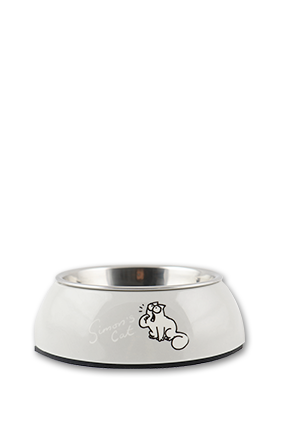Secured outdoor access for cats
Pro & Cons of free access or secured free access
Sneaking, lurking, hunting - letting a cat roam freely through its environment allows it to follow its instincts in a very natural way. In addition, cats have more opportunities to let off steam outdoors than indoors.
For the owner, too, letting a cat outdoors means less work. Cats can go to the toilet outdoors, and will also be less likely to scratch furniture, wallpaper or carpets in your home.
Another advantage of outdoor access for cats is the interaction with neighbourhood cats. This strengthens their social behaviour and satisfies their curiosity. More exercise also prevents cats from becoming overweight, as they also move around more outdoors than indoors.
In short: keeping cats in a way that is suitable for the species is easier with outdoor access. But unsecured outdoor access can also be life-threatening for pets, especially if accidents with cars occur. You don't necessarily have to live on a busy main road for this, because cats can also collide with vehicles on quiet streets. Accidents can also happen if your outdoor cat is wearing a collar. This can get stuck, cause serious injury, and, in the worst case scenario, accidentally strangle a cat. When choosing a collar, you should therefore look for one with a safety clasp so that it will open in an emergency, or do without one altogether.
As they roam about, unneutered cats and tomcats can get into turf wars - and sometimes they can be bloody. Dangers also come from neighbourhood dogs and other wild animals (such as martens or foxes). But even smaller animals can cause problems for your cat. Parasites such as ticks, fleas, and worms or diseases can be picked up outdoors and even transmitted between animals of the same species. In addition, remember that your cat will also pursue its hunting instincts outside in the wild and will occasionally catch mice or songbirds, which it may leave on your doorstop as a gift. Poisonous plants or other toxins can also be consumed accidentally.
If your outdoor cat is particularly curious and does not shy away from dark garages, cellars or sheds, then it may accidentally become locked inside one. It also becomes problematic if your cat prefers your neighbours and looks for a new home there, or runs away due to inexperience and can no longer find their way back.
Unsecured free access should therefore be considered carefully. You can find out more about outdoor access for cats in our advice article.
Respect the needs of your feline friend
When considering whether or not to let your cat outdoors, there are two main things you should think about. Cats are different. Each has an individual personality and preferences. What is better for one cat may not be right for yours. There is no right or wrong answer to the question of whether to keep your cat indoors or let it go outdoors. Regardless of whether your cat is an indoor or outdoor pet, it can lead a contented life.
The right food for secured outdoor access
Secured outdoor access for cats
A cat fence for the garden
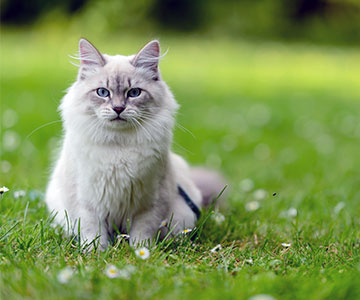 A cat fence should therefore extend right down to the ground and have a height of 1.5-1.8 metres.
A cat fence should therefore extend right down to the ground and have a height of 1.5-1.8 metres.
Within the cat-safe area, you can let your creativity run wild as you create a real adventure paradise for your feline friend. For example, you can set up viewing platforms or scratching posts (at a safe distance from the fence, of course). In general, you should offer your cat plenty of places to retreat to and observation posts. Cat-friendly plants and bushes provide additional variety and hiding places. Ensure that they are non-toxic. There should be enough shaded areas for hot days. To prevent your cat from injury, make sure that you do not leave any sharp garden tools around.
Be sure to supervise your cat in your secured garden for the first time, so that it can get used to its new territory in your company. Also think about a cat flap. When your cat has had enough of the outside and wants to come back inside, it should be able to get indoors in the easiest way possible.
Aviary for cats
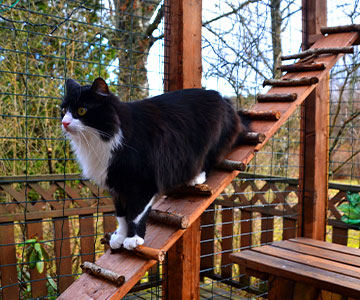 With an aviary you can offer your velvet paw a safe area.
With an aviary you can offer your velvet paw a safe area.
Secured balcony for cats
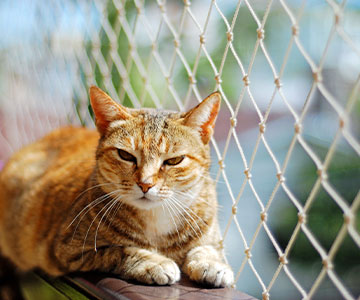 On the balcony, a cat protection net is advisable.
On the balcony, a cat protection net is advisable.
When designing your balcony, let your imagination and creativity run wild. A balcony can also be used in several dimensions. Cats love high spots that allow them to observe everything. Instead of a conventional scratching post, you can set up real tree trunks that can also be used for climbing. If your cat enjoys water, you can set up a small cat pool and much more. Of course, you could also replace some elements after a certain time. This allows you to introduce variety. You will also quickly discover what your cat needs for a balcony paradise, and what your house cat particularly enjoys.
Before you take action to make your balcony cat-friendly, you should first inform your landlord and ask for permission. It is now possible to purchase cat guards that do not require you to drill into the building structure and are easy to install. It is best to keep permission and agreements with your landlord in writing so that there are no misunderstandings later. If your landlord objects to a cat balcony, then at least secure the balcony door with a sturdy insect protection net to make it cat-proof.
Once the cat-proof balcony is in use, carry out regular safety checks. A storm can loosen netting, for example. Gaps may also develop over time. Also pay attention to what you store on the balcony. Your cat should never come into contact with fertilisers, for example.


 Deutsch
Deutsch
 English
English
 Nederlands
Nederlands
 Français
Français

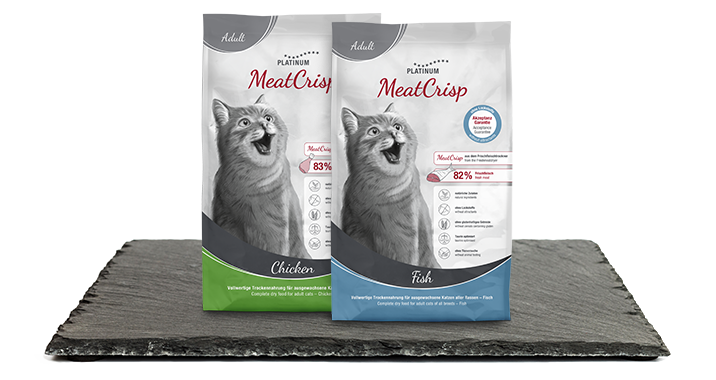
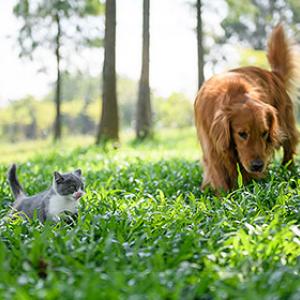
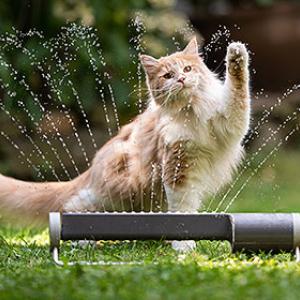
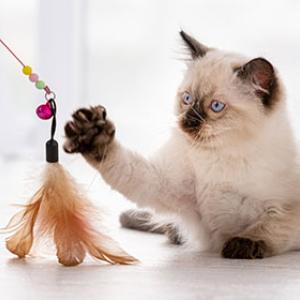
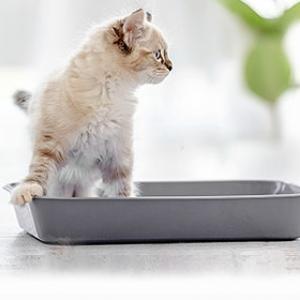
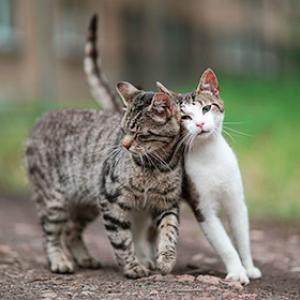
.png)
.png)
.png)
